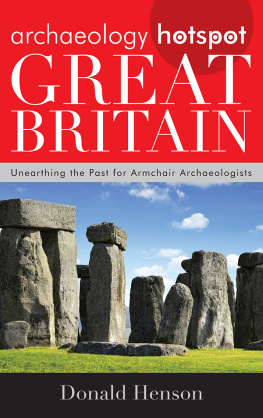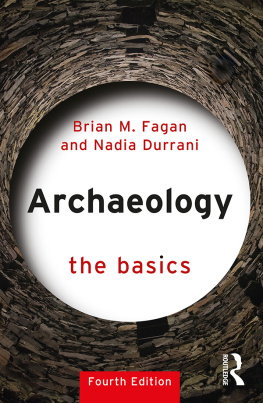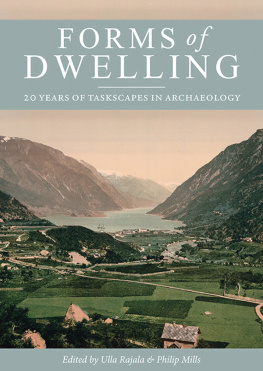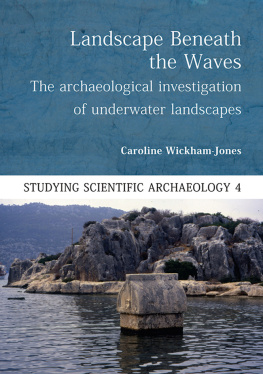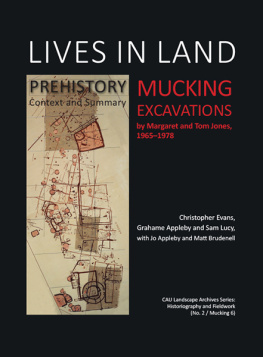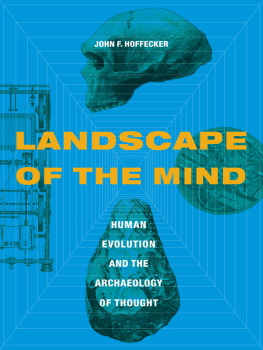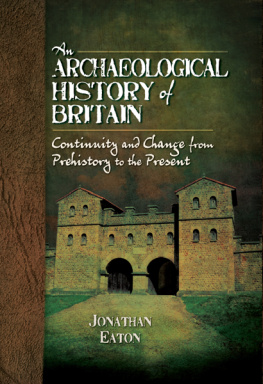Windgather Press
is an imprint of
Oxbow Books
Copyright John Barnatt and Nicola Bannister 2009
All rights reserved. No part of this publication may be reproduced,
stored in a retrieval system, or transmitted in any form or by any means
(whether electronic, mechanical, photocopying or recording) or otherwise
without the written permission of both the publisher and the copyright holder.
ISBN 978-1-905119-27-1
EPUB ISBN: 978-1-909686-31-1
PRC ISBN: 978-1-909686-32-8
A CIP record for this book is available from the British Library
This book is available direct from
Oxbow Books, Oxford, UK
(Phone: 01865-241249; Fax: 01865-794449)
and
The David Brown Book Company
PO Box 511, Oakville, CT 06779, USA
(Phone: 860-945-9329; Fax: 860-945-9468)
or from our website
www.oxbowbooks.com
Printed in Singapore by
KHL Printing Co Pte Ltd
Acknowledgements
This book would not have been possible without the enthusiastic support of the Late 11th Duke, the Dowager Duchess of Devonshire, and the Trustees of the Chatsworth Settlement, who commissioned the survey and allowed unlimited access to Estate land and archives. The 12th Duke and Duchess are thanked equally for their continued support which allowed this book to be produced. Amongst the many other people at Chatsworth who have helped over the years, particular thanks go to Roger Wardle, Ian Else, Peter Day, Charles Noble, Tom Askey, Stewart Band, Andrew Pepin, Simon Seligman, Diane Naylor, Sarah Sweetland, and to the tenant farmers and other Estate staff/workers for their forbearance and frequent displays of kindness.
Appreciation is also extended to Elise Percifull, Steven Thomas and Tom Williamson, who undertook the original designed landscape survey of the park and gardens, for their invaluable exchange of information. Tom is thanked particularly for his collaboration with Chatsworth: A Landscape History and for his inspirational approach plus great knowledge of designed landscapes.
Special thanks are extended to David Bannister for undertaking the field recording of the buildings and preparation of the draft Buildings Survey reports, and also to Angus Foad for his invaluable assistance throughout all the boundary and woodland fieldwork across the Estate. Frank Robinson kindly shared much of his local knowledge of Beeley and helped identify some of the features on the moors. Heidi Taylor and Alice Ullathorne carried out some of the archaeological survey fieldwork of the Chatsworth farmland. John Roberts helped with survey of parts of the parkland and New Piece Plantation. Jim Rieuwerts and Paul Smith provided information on mines.
The photographs are taken by John Barnatt. Exceptions are is partially based on a RCHME survey.
John Barnatt and Nicola Bannister were funded by English Heritage to prepare the manuscript. They also funded the initial archaeological surveys via the Trustees of the Chatsworth Settlement. Pete Wilson and Jonathan Last supervised this assessment for English Heritage. Ken Smith of the Peak District National Park Authority was instrumental both in the setting up of the survey and in the publication of this book. Tom Williamson, Jonathan Last and Ken Smith kindly commented on the text.
Last but not least, we would like to thank Richard Purslow of Windgather Press for agreeing to publish this book and to Oxbow Books for their continued support, with particular mention of Clare Litt and Val Lamb, and to thank our families for their forbearance.
CHAPTER ONE
Chatsworth in Context
Setting the scene: Chatsworths place in the world
For those not intimately familiar with upland landscapes such as that around Chatsworth, and those in the Peak District more generally, it may come as a great surprise that the historic landscapes here are as rich as they are. Commonly, upstanding features such as a 4000 year old ritual monument can sit alongside a medieval earthwork of 1200 AD or a lead mine worked 300 years ago. The archaeological legacy is far more than a few scattered sites, the whole landscape has great time depth. Everywhere you look has a rich palimpsest of features creating a land imbued with the past and strongly evoking the many generations of people who have inhabited this place and helped shape what we see today.
At Chatsworth we see the Peak in microcosm. However, at this one special place, not only is survival of evidence particularly good, but the landscapes around the Estate are diverse and tell contrasting stories. Chatsworth House and its gardens, with the grand landscape park beyond, are the icing on the cake as they create an exceptional centrepiece. To pick out some highlights, in the park started in 175859 are some of the best archaeological earthworks of medieval open fields and later enclosure in Britain. On the Estate moorlands there are exceptional survivals of prehistoric stone circles, barrows, fields and settlements. In contrast, the Estates enclosed farmland tells of continuous occupation and gradual changes made over the last thousand years.
While this book concentrates on the archaeology of this Great Estate, it also tells a broader story throughout, drawing on the links between Chatsworth-owned land and the wider landscape.
Chatsworth and the surrounding Estate villages and farms are different things to different people. For a few, their home and place of work is here. For many, Chatsworth is a place to visit, to wonder at the splendours of the House and gardens with their spectacular parkland backdrop. Most visitors appreciate the impressive classical architecture, and the antiques and paintings therein. The gardens, with their trees, plants, fountains, cascade and grottos are equally fascinating. The long history of the Cavendish family, here since 1549 and bearing the Duke of Devonshire title since 1694, draws people here. Some wander into the park to take the air and enjoy the views and the ancient oaks, or visit the model village of Edensor. Others are on missions to the garden centre or the farm shop. Some visit the surrounding somewhat quaint Estate villages and follow footpaths through the farmland, woods and moorland to enjoy the wider countryside and its plants and animals.
FIGURE 1. Chatsworth House from the park, with Stand Wood behind.
However, there is a complementary side to Chatsworth Estate which is equally fascinating, and one that not many people have previously had access to detailed information about, namely the historic landscape and its archaeology. This book seeks to redress the balance.
Recently another book on Chatsworths park and gardens has given an in-depth picture of their history and what went before. The current Chatsworth book complements this overview, covering the same themes but looking at one place in more detail.
Beyond the House, gardens and landscape park at its heart, the Chatsworth Estate spreads over many acres of enclosed farmland in the valley of the River Derwent, around Edensor, Calton, Beeley, Baslow and Bubnell. To the east there are extensive bleak moorlands and scattered farmsteads. All these areas have rich and diverse stories to be told, derived from the many archaeological vestiges that remain.
Archaeology is about how people have lived and how they have affected the land in the past. It studies what they have left behind. This is not restricted to obvious archaeological monuments such as prehistoric barrows, ancient hillforts, churches and castles. It includes all the remains of human activity through time that have survived above or below ground to the present day, whether 5,000 or 50 years old. At Chatsworth, this includes the relics left by farmers, smallholders, labourers, millstone makers, quarrymen, and miners of coal and lead, as well as members of the landed aristocracy. Equally important is evidence for people crossing the land to and from the Derwent Valley around Chatsworth. They came and went from markets, workshops and factories, as well as farms, villages and towns. Meat, milk and cheese from local farms were sold in nearby towns and cities. Beyond the Peak there were important industrial and manufacturing areas to the east around Chesterfield and Sheffield. Similarly, there was trade with the salt-producing areas of the Cheshire Plain and potteries in Staffordshire and to the east of the Pennines. Millstones and lead from the Peak went to Hull, from where they were shipped to other parts of Britain and in the case of lead, to the rest of the world.


